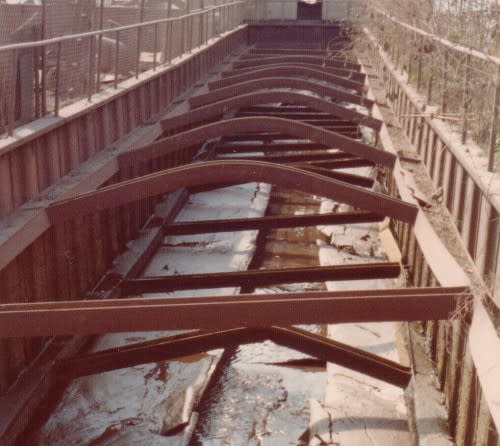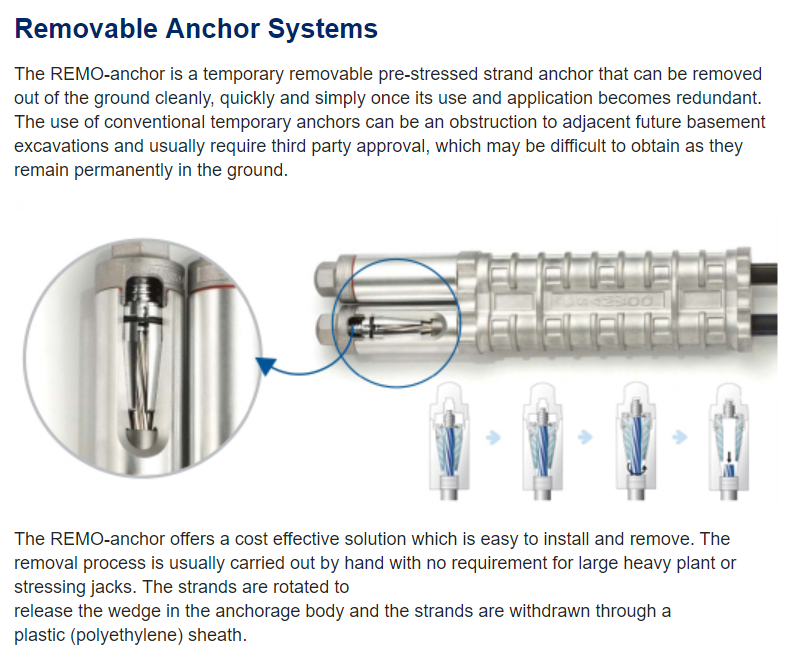Hi,
I'm new to this great forum and posted for the first time.
I'm a geotech engineer working in a team that is involved in a 4-level basement design for a proposed building in an urban setting.
The ground profile consists of 2-3 metres of residual soil and then 6-9 metres of weak weathered rock (gradually improving with depth) and then into competent bedrock (excavation depth is around 13m).
We have an issue where I cannot use tiebacks due to a lack of permission from the neighbours (train authority land) unless I can show that the anchors are a superior earth retention solution to struts/rakes.
From our client's point of view the use of soldier piles+tiebacks is far more convenient that struting. The soldier piles+tiebacks shoring solution satisfies all the ground movement/stability criteria.
Are there any geotechnical/structural arguments or a process that we could go through, which would give us a chance to convince the authority about the beneficial effects of using tiebacks as opposed to struts?
Thanks for any ideas/thoughts and I appreciate your help!
I'm new to this great forum and posted for the first time.
I'm a geotech engineer working in a team that is involved in a 4-level basement design for a proposed building in an urban setting.
The ground profile consists of 2-3 metres of residual soil and then 6-9 metres of weak weathered rock (gradually improving with depth) and then into competent bedrock (excavation depth is around 13m).
We have an issue where I cannot use tiebacks due to a lack of permission from the neighbours (train authority land) unless I can show that the anchors are a superior earth retention solution to struts/rakes.
From our client's point of view the use of soldier piles+tiebacks is far more convenient that struting. The soldier piles+tiebacks shoring solution satisfies all the ground movement/stability criteria.
Are there any geotechnical/structural arguments or a process that we could go through, which would give us a chance to convince the authority about the beneficial effects of using tiebacks as opposed to struts?
Thanks for any ideas/thoughts and I appreciate your help!


![[idea] [idea] [idea]](/data/assets/smilies/idea.gif)
![[r2d2] [r2d2] [r2d2]](/data/assets/smilies/r2d2.gif)
